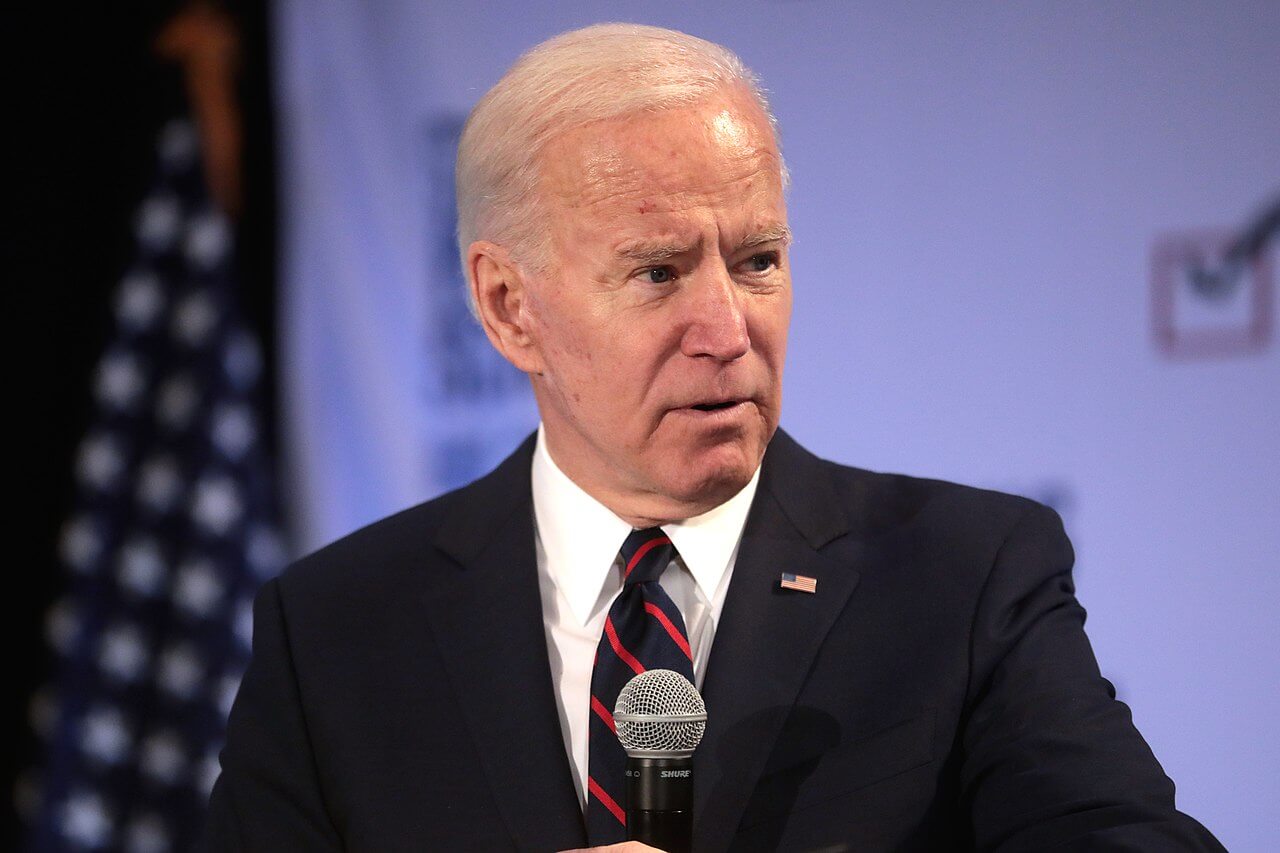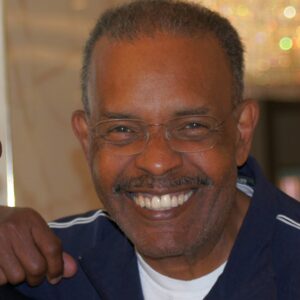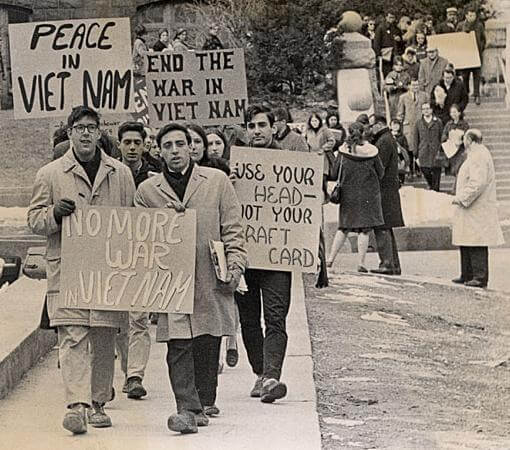Natural gas has been getting short shrift in the U.S. energy debate. It deserves better. Much better.
It has been battered by environmentalists who oppose exploration and the pipelines to get it to market. They are attempting to evict natural gas and force utilities into reliance on intermittent renewables.
But events in Europe may cause a rethink about natural gas, both as a transition fuel in the United States and a foreign policy tool.
Even before Russia’s invasion of Ukraine, natural gas was in short supply in Europe after a summer of wind drought caused European utilities to scramble for natural gas – prices went up 400 percent. Russia added to the crisis by reducing volumes flowing through the Ukrainian system that serves much of Europe.
Fear of Russian weaponization of natural gas has been an ever-present reality. Now Europe trembles, especially Germany, which has just closed its last three nuclear plants and has relied on renewables and natural gas from Russia.
In the United States, the danger is that natural gas may be pushed aside prematurely in favor of renewables, leaving the electric grid destabilized and vulnerable to severe weather. The grid is less stable today than it was 20 years ago, according to experts I speak to regularly. Environmental mandates are taking a toll, and natural gas is being pushed out before there are stable renewables and utility-scale storage.
A new assessment of natural gas is needed. Its value to the United States to counter Russia now and in the future isn’t in doubt. The United States is the world’s largest natural gas producer, and liquefied natural gas is needed as a diplomatic tool.
Domestically, though, it needs a defined place in the electricity evolution. It is an option too valuable to be elbowed out by well-meaning but not well-informed arguments.
In electricity production, natural gas is the least polluting of the three fossil fuels. It emits half the carbon dioxide of coal and heavy oil used to make electricity. Also, it doesn’t have the other pollutants which make coal so devastating to the environment. Progress is being made countering methane leaks, a serious problem.
When burned in a combined-cycle plant, favored by utilities for more than just peaking, natural gas reaches an efficiency of around 64 percent. That is a remarkably high rate of fuel to electricity. Coal-fired plants have an efficiency of about 40 percent.
Back in the 1970s, a combination of price controls and regulation served to dry up the amount of natural gas coming to market. The newly formed Department of Energy added to the sense of an end by declaring that gas was “a depleted resource.” The conventional wisdom was that it was too precious for most uses and especially for making electricity.
In 1978, Congress passed the Power Plant and Industrial Fuel Use Act. It was a prohibiting measure and went after what Congress thought were wasteful uses of natural gas such as ornamental flames and pilot lights in gas stoves. And it prohibited the burning of natural gas to make electricity.
Known simply as the “Fuel Use Act,” it was draconian. There was even a debate about whether the Eternal Flame at Arlington National Cemetery would have to be extinguished.
In 1985, deregulation began to increase the natural gas supply and two years later, the Fuel Use Act was repealed.
But the big break, the great game-changer, was fracking — first used in the late 1980s. It was developed by George Mitchell and his Mitchell Energy company with help from the DOE. Together with horizontal drilling, it would change everything quickly.
Natural gas became cheap and plentiful and the utilities, using turbines developed from aircraft jet engines, began to switch off coal and to question the cost of building nuclear plants. A new dawn had broken.
Now that happy day is in the past and utilities must make the case for gas turbine capacity to back up their alternative energy operations and as an efficient form of energy storage. Also, if hydrogen is to be the fuel of the future, it will need to use the natural gas infrastructure.









